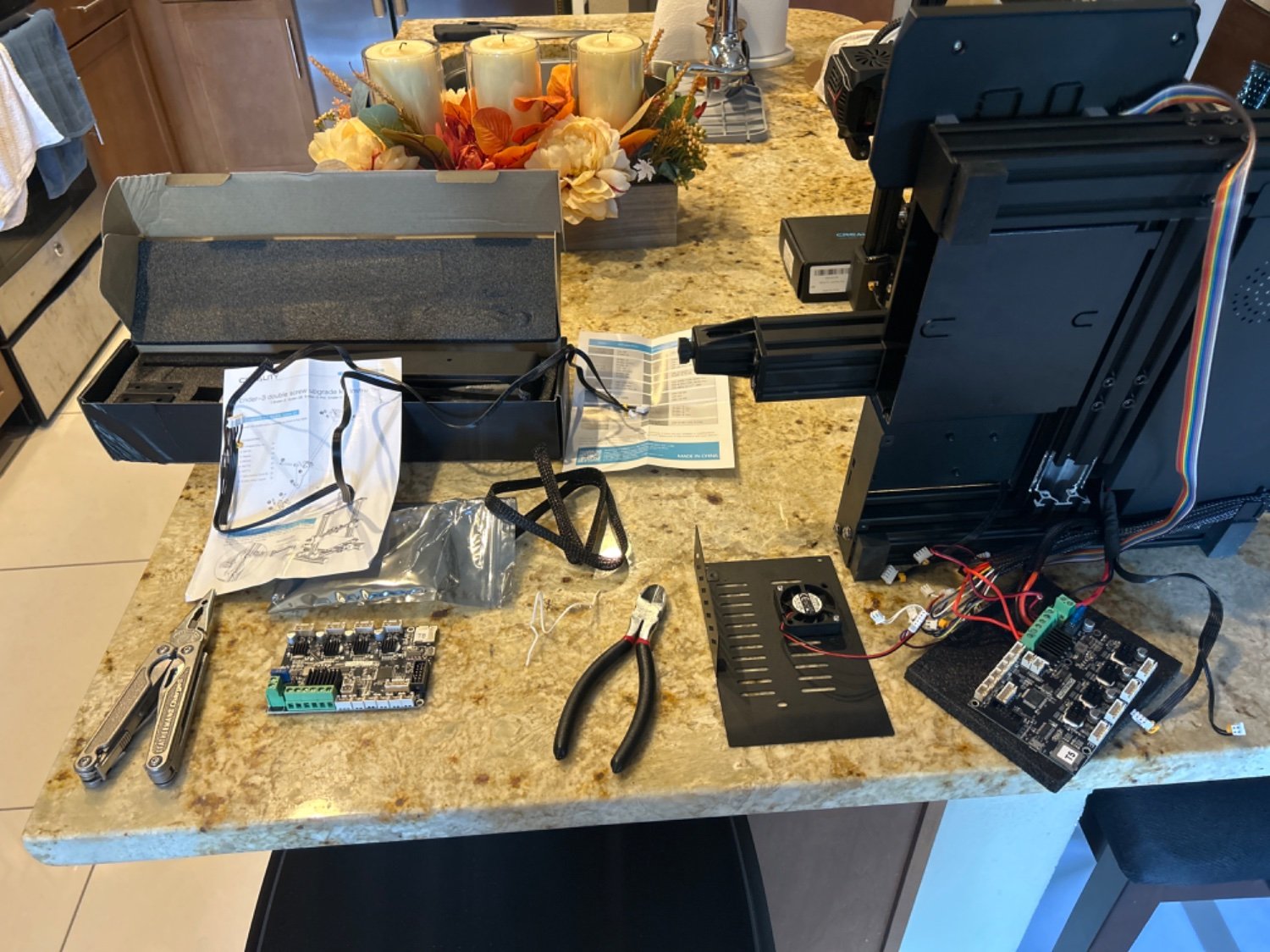3DPrinting
3DPrinting is a place where makers of all skill levels and walks of life can learn about and discuss 3D printing and development of 3D printed parts and devices.
The r/functionalprint community is now located at: [email protected] or [email protected]
There are CAD communities available at: [email protected] or [email protected]
Rules
-
No bigotry - including racism, sexism, ableism, homophobia, transphobia, or xenophobia. Code of Conduct.
-
Be respectful, especially when disagreeing. Everyone should feel welcome here.
-
No porn (NSFW prints are acceptable but must be marked NSFW)
-
No Ads / Spamming / Guerrilla Marketing
-
Do not create links to reddit
-
If you see an issue please flag it
-
No guns
-
No injury gore posts
If you need an easy way to host pictures, https://catbox.moe/ may be an option. Be ethical about what you post and donate if you are able or use this a lot. It is just an individual hosting content, not a company. The image embedding syntax for Lemmy is 
Moderation policy: Light, mostly invisible
view the rest of the comments

I actually worked at a facility where we really did thoroughly clean (inkjet) printers since the customer returns would get NASTY.
Some of the electronics, like those on the printer head, are actually fine with a good rinsing as long as you then thoroughly dry them off with the air hose.
This surely does not transfer to modern 3D printers.
Now i’m curious. Was it just a lot of dust and dried Inc. or what else was in them?
The difference was that these printers were installed in bakeries, and were printing edible ink onto edible paper. If the owners didn't keep up on basic maintenance or general cleanliness, there could be a fair amount of mold, or - far more often than you'd hope - lots of roaches.